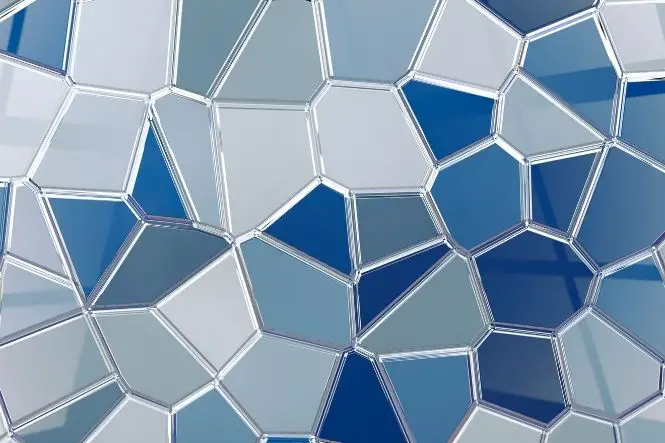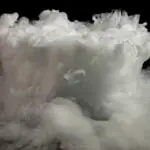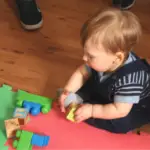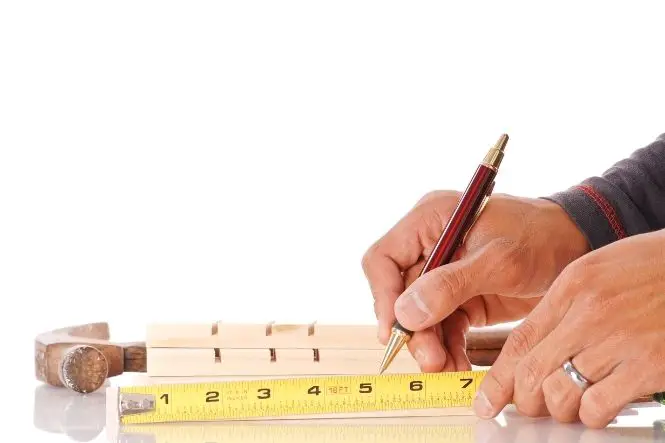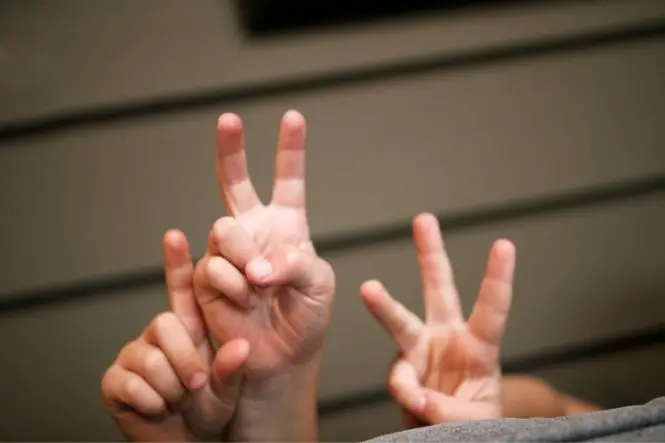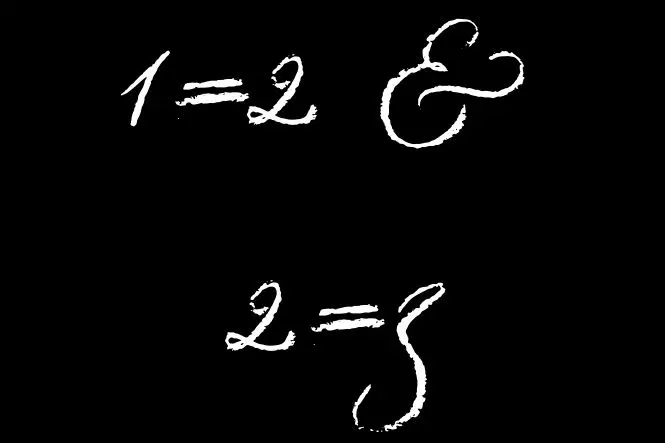Tessellation is the covering of a surface with repeating patterns of regular or irregular shapes that fit together exactly (interlock), with no gaps or overlaps. The earliest tessellations discovered date from the Sumerian civilisation, in about 4000 BC, where tessellations of clay tiles were used as decoration on walls and floors.
Making Tessellations
Carefully and accurately, cut out some regular shapes (shapes where all the sides are the same length) from paper or cardboard (it might make it clearer if different shapes are in different colours):
- equilateral triangles (three sides the same length)
- squares
- pentagons (five sides the same length)
- hexagons (six sides the same length)
- octagons (eight sides the same length)
- dodecahedrons (12 sides the same length).
Also, cut out some other shapes:
- trapeziums (four sided shapes with one pair of parallel sides)
- rhombuses (a diamond or a four-sided shape with four equal sides).
Try fitting these together, first using only one kind of shape, and then using repeating patterns of two or three different shapes. Are there any that won’t create patterns of one kind of shape? Are there any that won’t create patterns of two or three kinds of shape?
Patterns using only one regular shape are called regular tessellations. These can only be made using three shapes – equilateral triangles, squares, or hexagons.
Patterns that repeat but use more than one kind of regular shape are called semi-regular tessellations. These can use equilateral triangles, squares, hexagons, octagons and dodecahedrons.
tessellations don’t always have to use regular shapes. They can also be made using other shapes, including trapeziums and rhombuses.
Were there any shapes that would not fit at all? Work out what kind of extra shapes would be needed to make these tessellate – are these regular shapes?
M C Escher, an artist, made tessellations using identical irregular shapes, often of living things – there are pictures using fish, dogs, frogs, flying horses and many others. Try creating a repeating tessellation using an irregular shape.
Tangrams
A tangram is a Chinese puzzle made up of a square sliced into a seven shapes (or tans) that fit together – a smaller square, five triangles and a rhombus. Tangrams can be mixed up to make many different shapes, or reassembled into a square. While it’s not a tessellation, because its not a repeating pattern, a tangram is a fun way to look at shapes, and how they fit together.
Examples of Tessellation
Tessellation is used in decoration, and patchwork quilts and tiled floors and walls are examples of tessellation. Mosaics are complex forms of tessellation.
Islamic art does not allow the use of images of living things, but many Islamic buildings (for example the Alhambra Palace in Granada, Spain) use complex patterns of tessellated tiles as decoration.
Rock created from ancient flows of lava (molten rock) can crack into hexagonal columns, such as the Giant’s Causeway in Ireland. An area of rock in Tasmania called the Tessellated Pavement is made up of rectangular blocks created from sedimentary rock.

